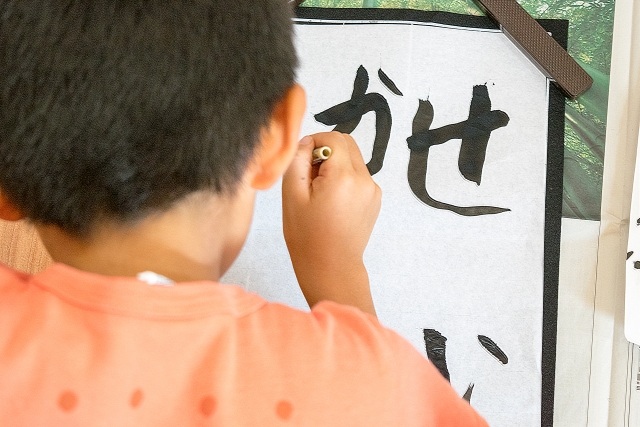Calligraphy in Japan, known as Shodo , is more than just writing beautifully.
It is an art form that expresses both character and emotion through brush, ink, and balance.
The black ink on white paper creates a striking contrast, where every line and curve reflects the writer’s spirit and discipline.
Shodo is considered one of the most refined expressions of traditional Japanese aesthetics.
What Is Shodo?
The word Shodo literally means “the way of writing.”
It combines artistic beauty with spiritual concentration — a practice deeply rooted in Zen philosophy.
When you watch a calligrapher move the brush, each stroke seems alive.
The rhythm, pressure, and breathing all become part of the artwork.
Learning Calligraphy in Japan
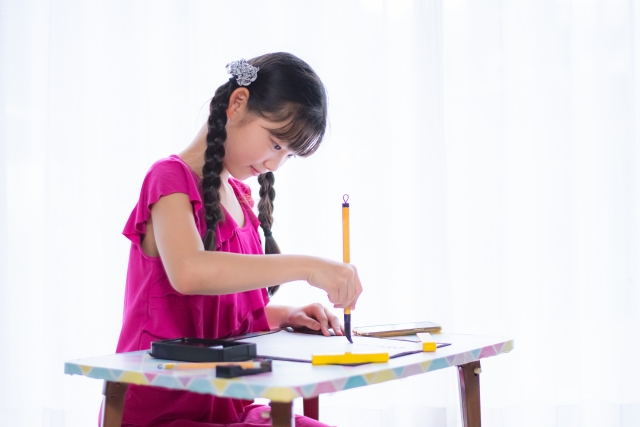
In Japan, students begin learning Shodo around the age of ten as part of their school curriculum.
Every student owns a personal set of utensils and practices regularly, both in school and at home.
Common Tools Used in Shodo
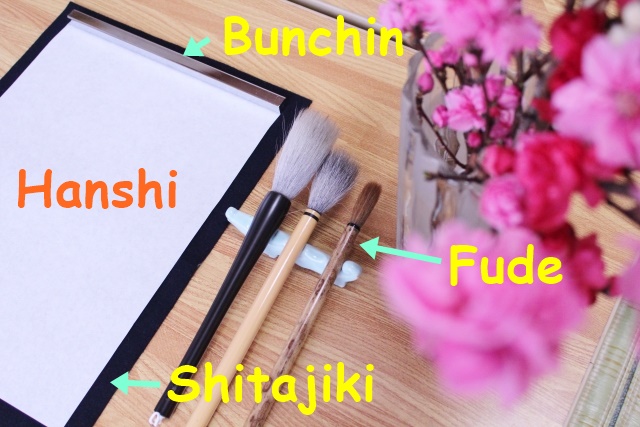
● Fude (筆) – Brush.
Comes in different sizes: large for special works, medium for practice, and small for signatures.
● Hanshi (半紙) – Thin white paper used for calligraphy.
● Bunchin (文鎮) – Paperweight.
● Shitajiki (下敷き) – Felt mat placed under the paper to prevent ink from bleeding through.
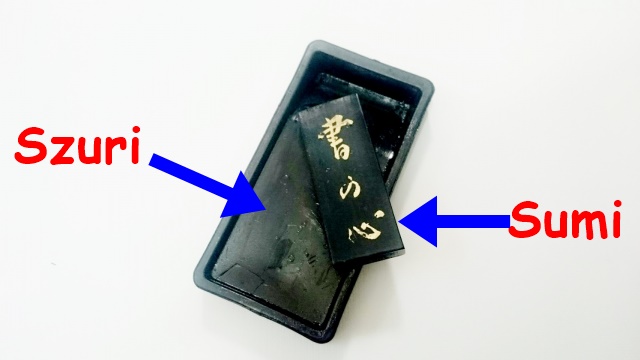
● Suzuri (硯) – Inkstone for holding ink.
● Sumi (墨) – Ink stick.
By rubbing it on the Suzuri with water, calligraphers create the perfect shade of black.
These tools are handled with great care, often kept in a lacquered case — itself a small symbol of Japanese craftsmanship.
Expression Through Brush and Ink
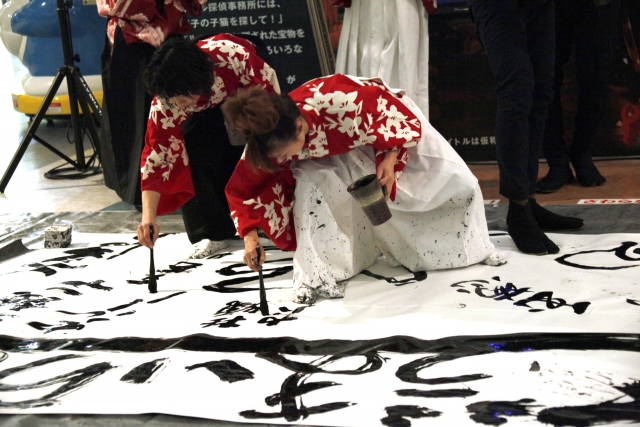
True calligraphy goes beyond technique.
It reflects the state of mind of the person writing.
Each brush movement must be decisive yet calm.
The spacing, flow, and even the imperfections show the artist’s individuality.
At major art exhibitions in Japan, calligraphy has its own section.
Some works are so large that the calligrapher must walk across the paper with a huge brush, painting with the whole body.
Shodo in Modern Life
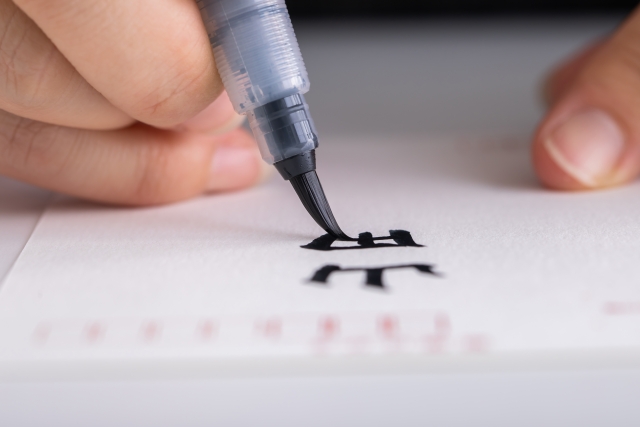
Even in modern Japan, handwriting remains an important form of expression.
People who practice Shodo often develop elegant, balanced handwriting in everyday life.
It’s a practice that nurtures patience, focus, and appreciation for subtle beauty.
Calligraphy is also seen during ceremonies and seasonal events — for example, New Year’s celebrations.
The First Writing of the Year: Kakizome
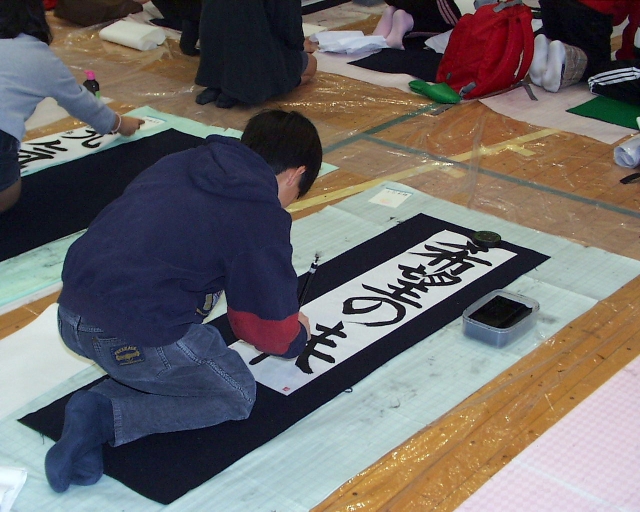
One of the most symbolic traditions is Kakizome (書き初め) —
the “first writing” of the year, performed in early January.
People write auspicious words or phrases to wish for happiness, health, and success.
It’s a quiet yet inspiring way to begin the year with a fresh mind and steady heart.
The Spirit of Shodo
Shodo embodies the Japanese sense of harmony, simplicity, and mindfulness.
It’s not about perfection — it’s about expressing yourself honestly through each stroke.
For visitors to Japan, watching or even trying Shodo is a beautiful way to experience this union of art and philosophy.

